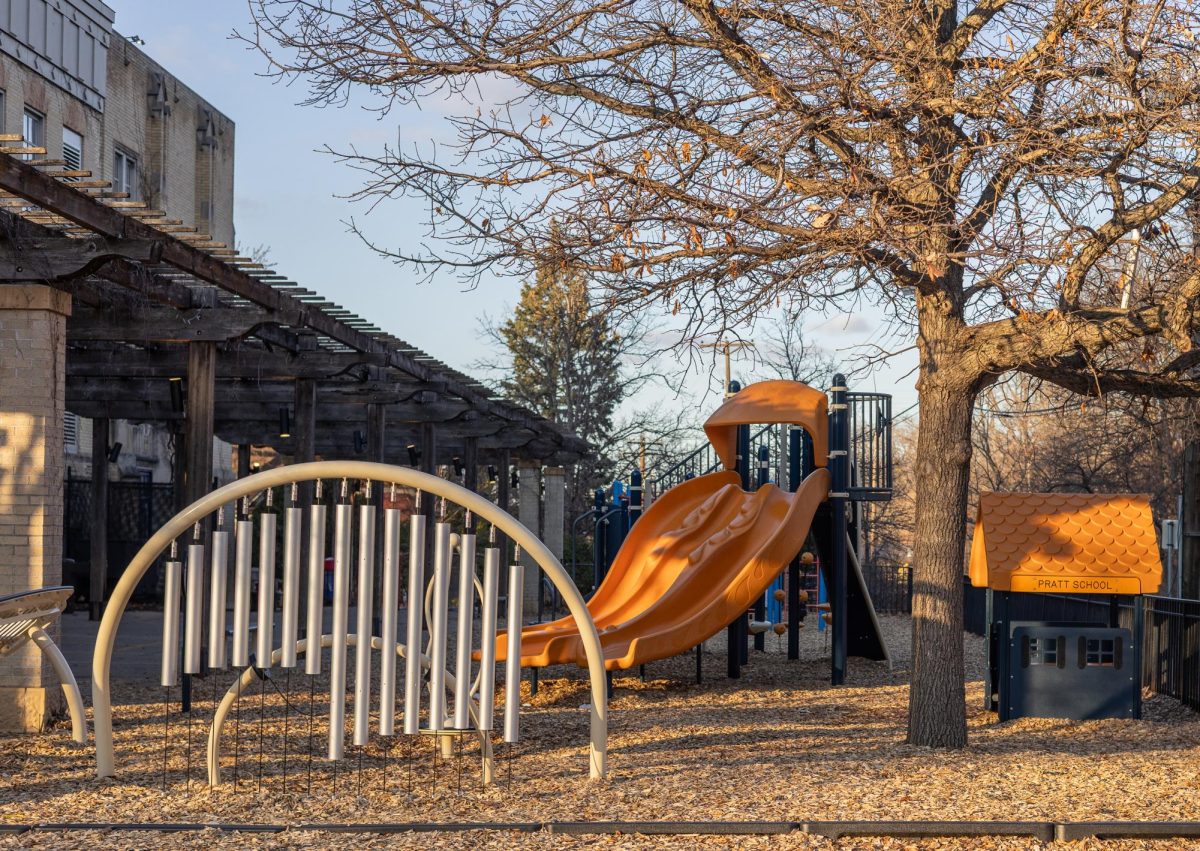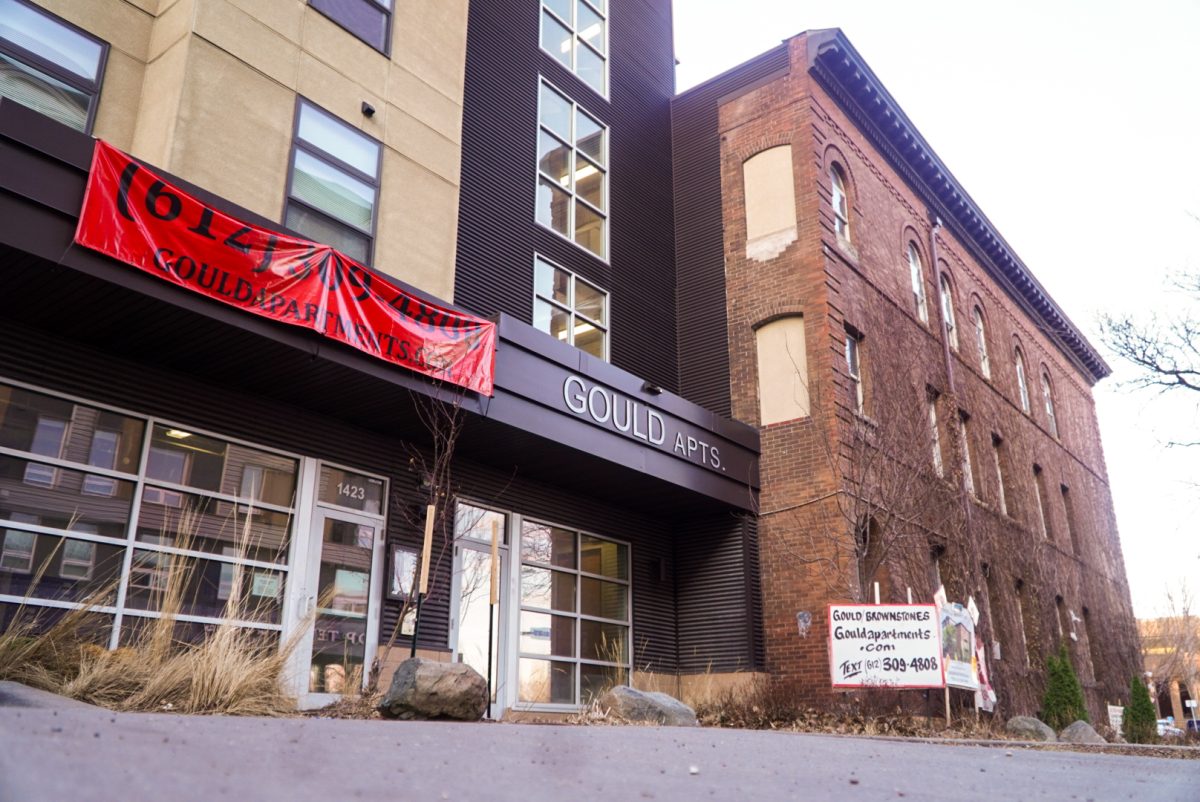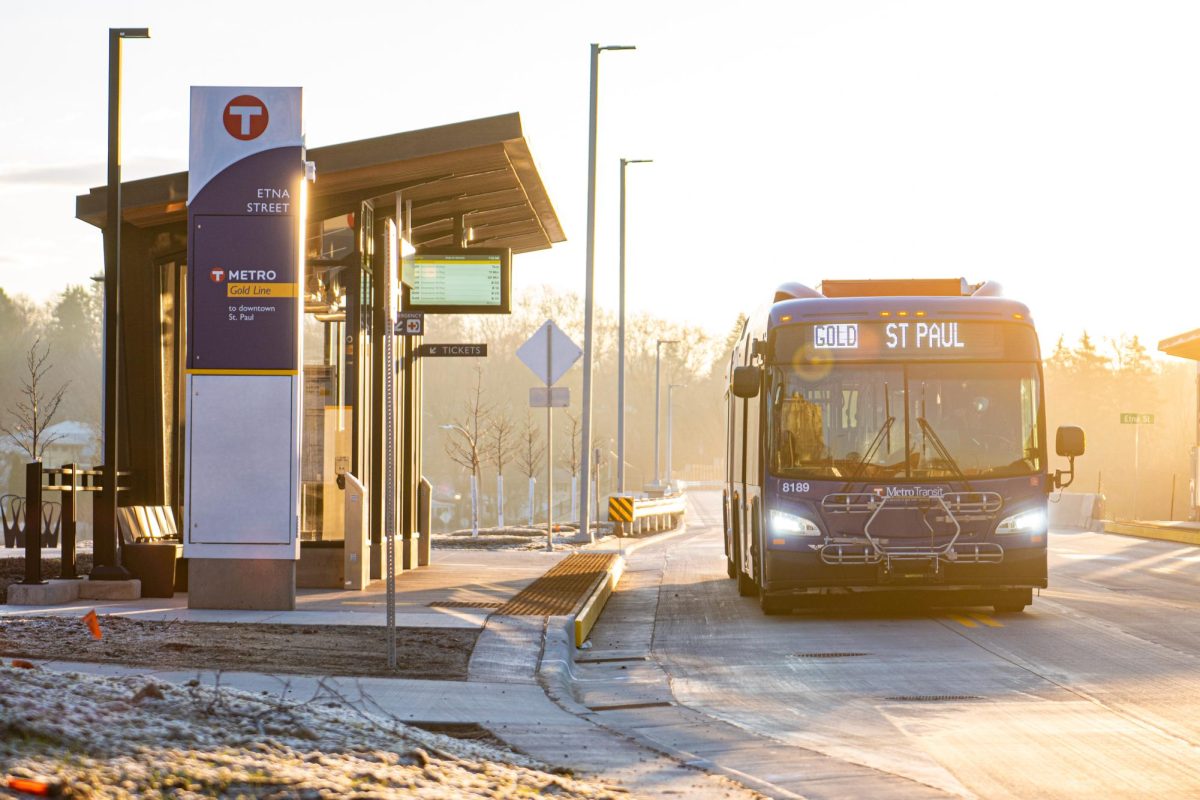Over 400 acres of University of Minnesota land near Rosemount, Minnesota, will go on sale to housing developers later this summer.
University leaders presented the plan to the Board of Regents at a July 12 meeting. The 435 acres is just part of the school’s 3,049-acre UMore East, which the University plans to sell off piece by piece.
“We think we can make enough money on it to create a large scholarship legacy fund,” said Regent Richard Beeson.
UMore East makes up nearly two thirds of the larger 4,771-acre UMore Park. The federal government gave the University the area in the 1940s after a World War II gunpowder factory closed there.
In 2015, the Board of Regents abandoned plans for the University to develop its own sustainable community at UMore Park and instead chose to sell the land.
“The University just isn’t in the business of building cities,” said Thomas Devine, who served as a regent from 2012 to 2017.
Parts of the land are used for University teaching, research and outreach, said Associate Vice President for University Finance Michael Volna.
An additional 2,822 acres, called Vermillion Highlands, is co-owned by the University and the Minnesota Department of Natural Resources for research, recreation and wildlife management.
Steven Lott, chief operating officer of the College of Food, Agriculture and Natural Sciences, said in an email UMore Park and Vermillion Highlands are currently used for University agriculture and related research.
It hasn’t been decided how much land will be kept for future use, Lott said.
But, Devine said, keeping some land for agricultural use will factor into the University’s plans.
University leaders expressed interest in private developers pursuing the University’s original sustainable community plan, but recognized there are other factors to take into account.
“What still needs to be fleshed out are development principles that [Rosemount] and the University can agree on,” Beeson said.
Rosemount Community Development Director Kim Lindquist said the sustainability concept would be approached from a land use perspective.
Rosemount has developed right up to the border of the University’s land, Lindquist said. The city wants the area to be vibrant by mixing higher density housing with single-family homes and businesses, she said.
Regent David McMillan also said fewer restrictions on developers makes it easier to sell the land for a higher price.
The University estimates $139 million from future UMore Park land sales, with an added $20 to $34 million coming in from phased sand and gravel mining on 1,722 acres that make up the rest of UMore Park.
After costs from infrastructure and environmental damage, the University estimates its final proceeds will range between $37 million and $149 million.







